
OR
Private sector leads hydropower generation over government
Published On: April 20, 2024 10:15 AM NPT By: Hari Prasad Sharma

KATHMANDU, April 20: The private sector is ahead of the government in terms of the construction and production of hydropower projects. According to the electricity production details of Nepal Electricity Authority (NEA) as of mid-March, the private sector leads in electricity production compared to the government.
So far, a total of 2,897 megawatts of electricity has been generated by private sector and government agencies. NEA and its subsidiary companies have produced 1,153 megawatts of electricity, while the private sector has produced 1,744 megawatts. The government lags behind the private sector not only in terms of power generation but also in terms of time and investment.
Although the government initiated the development of electricity with the establishment of the Pharping hydropower project in 1968 BS, it contributes only about 40 percent of the total energy so far. In comparison, the private sector, which began hydropower development in 2049 BS, accounts for 60 percent of the total electricity produced in the country.
The private sector claims that the total installed capacity has reached approximately 3,100 megawatts with the commercial production from some new projects.
As of mid-March, NEA has been producing 661 megawatts of electricity while its subsidiary companies generate 492 megawatts. The private sector hydropower companies produce 1,744 megawatts of electricity.
The Independent Power Producers' Association, Nepal (IPPAN), reports that projects with capacity to generate 3,200 megawatt of electricity are under construction, and 10,000 megawatt projects are awaiting a power purchase agreement (PPA).
The Department of Electricity Development states that projects with a capacity of 8,500 megawatts have received construction permits thus far. Additionally, projects with a capacity of 11,000 megawatts have applied for construction permits, and applications for a license to survey projects with a capacity of 2,800 megawatts have also been submitted. Most of the projects seeking permission and obtaining licenses for construction are from the private sector. Till date, investments exceeding Rs 800 billion have been made in the energy sector, by both private and government entities.
Private sector demand: one-door system in energy development
Since obtaining permits (licenses) for the construction of hydropower projects, there have been disputes over land, forests, public-private partnerships (PPPs), banking, and local obstacles. Moreover, despite having to coordinate with 14 different agencies and facing procedural difficulties, the private sector is actively building and developing hydropower projects, according to Ganesh Karki, president of IPPAN. He emphasized that the government should address the problems faced by the private sector promoters during hydropower construction through policy reform.
Karki said that due to the lack of coordination and procedural complexities, an environment conducive to building hydropower projects is absent in Nepal. He stated, "The private sector has encountered various challenges since obtaining licenses for hydropower project construction. Projects can progress only after coordination and processes with 14 different agencies." He further urged the government to address such problems and procedural challenges through policy interventions, advocating for the implementation of a one-door system in energy development.
Karki also suggested that for the energy sector to progress significantly, banks and financial institutions should be mandated to invest 15 percent in hydropower projects, and the government should facilitate this process.
Nabinraj Singh, joint secretary and spokesperson for the Ministry of Energy, Water Resources, and Irrigation, mentioned that the government is planning to collaborate with the private sector to resolve issues in the hydropower sector. "The ministry is currently working on addressing hydropower sector issues through policy interventions," Singh said, adding, "Efforts are underway to enact new legislation allowing the private sector to participate in the electricity business. Once this law is passed, the private sector will not only be able to construct hydropower projects but also engage in electricity trading."
The government has set an ambitious target of producing 28,500 megawatts of electricity by 2035. The ministry stated that it will proceed with necessary transmission lines and other infrastructure development plans to support this goal.
You May Like This

19 hydropower projects to be showcased at investment summit
KATHMANDU, April 19: The upcoming third Nepal Investment Summit scheduled for April 28 and 29 will feature 19 hydropower projects... Read More...
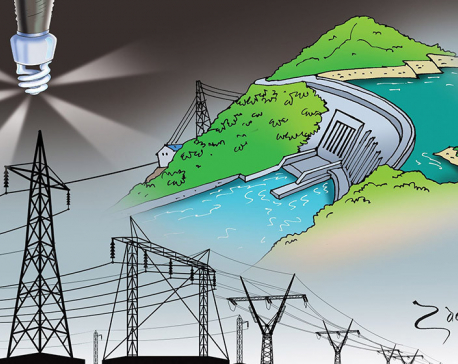
Private sector urges government to grant permission for electricity trading
KATHMANDU, June 17: Hydropower promoters from the private sector have urgently appealed to the government to grant them permission to... Read More...
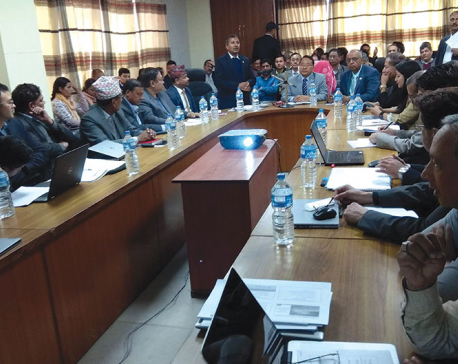
Minister assures independent producers of energy market
KATHMANDU, March 14: Minister for Energy, Water Resources and Irrigation Barsaman Pun has assured the private sector of a viable... Read More...

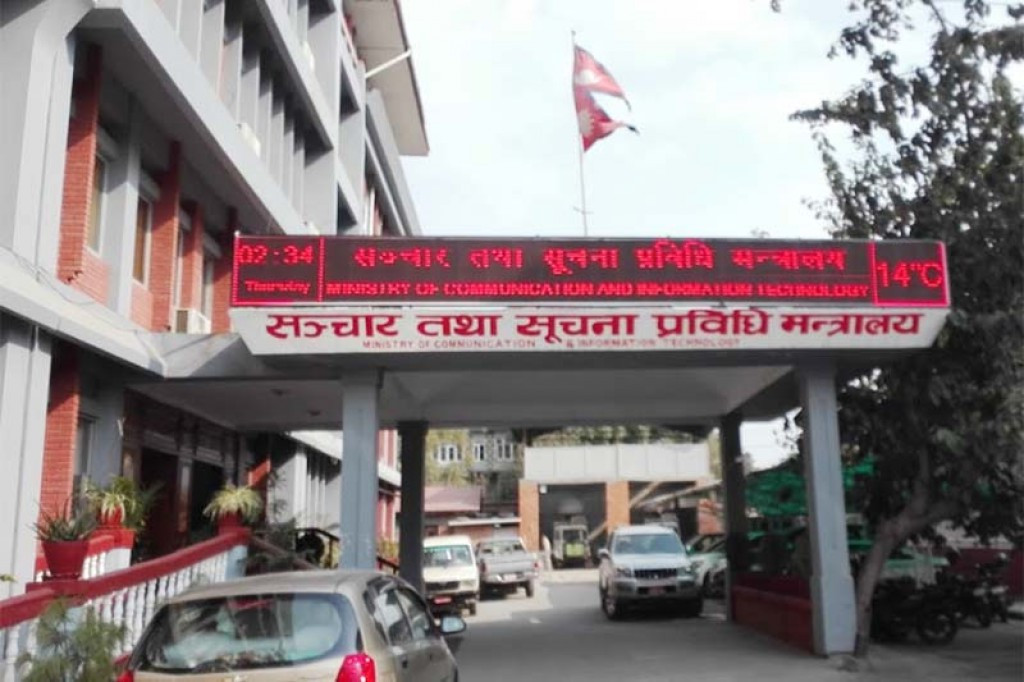

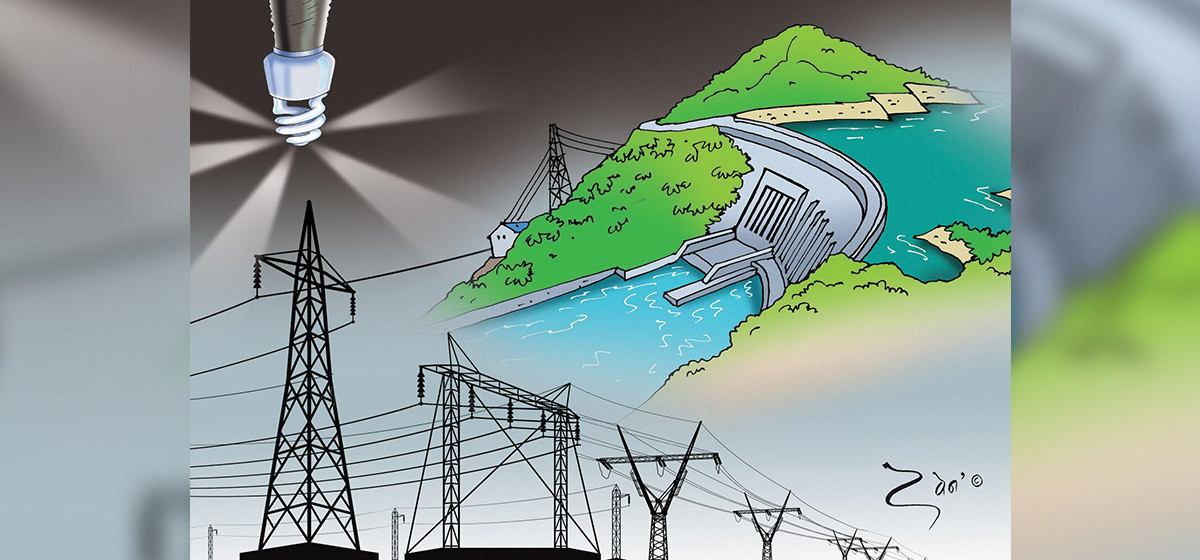




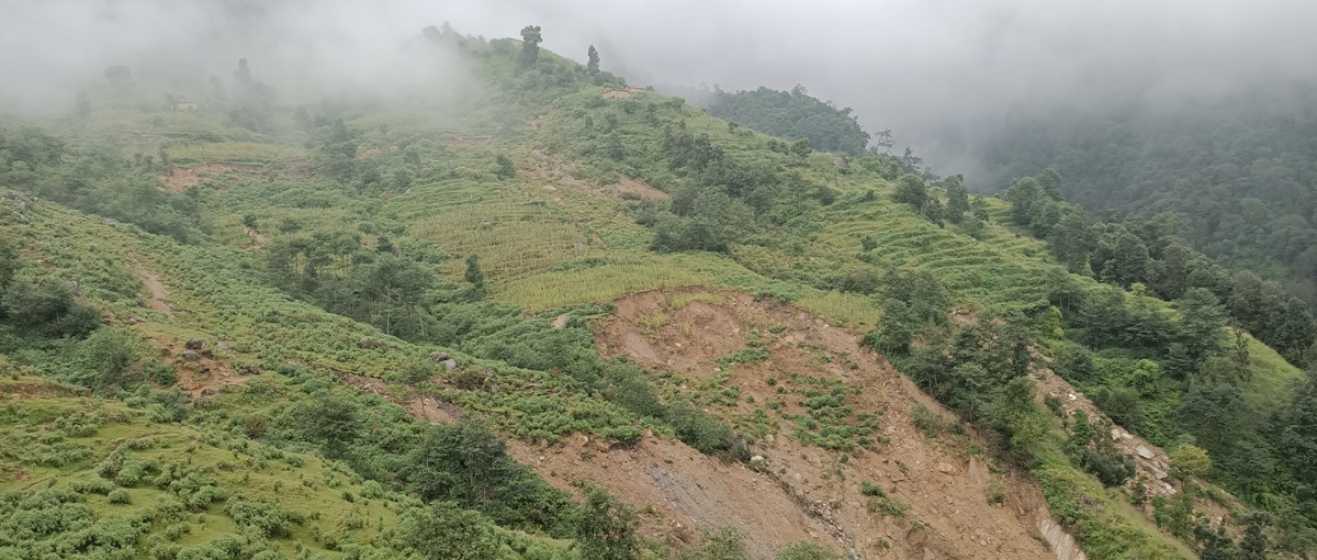

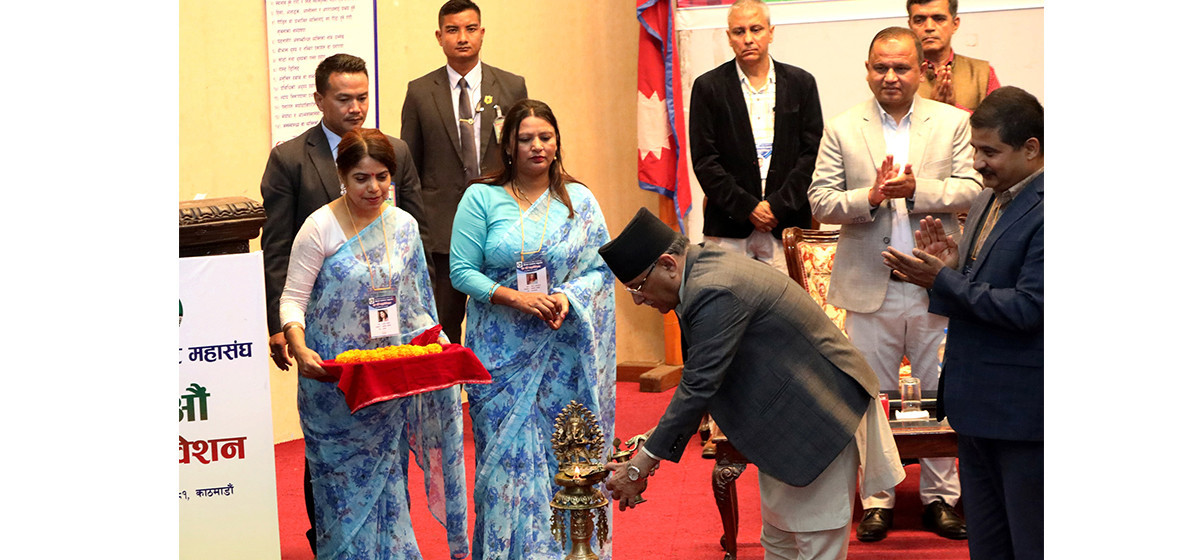
Just In
- Two arrested on the charge of swindling 219 people out of Rs 26.8 million on the pretext of sending them to Japan
- Kathmandu's pollution at hazardous level, tops chart of world’s most polluted cities
- Nepali Embassy in Washington sends centuries-old 24 idols back to Nepal
- 2568th Buddha Jayanti Main Celebration Committee formed
- Kanti Highway closed due to rockslide
- Gold price decreases by Rs 1,100 per tola
- Two-day central convention of FNJ commences
- Democracy is the minimum precondition for free, fair journalism: Prez Paudel







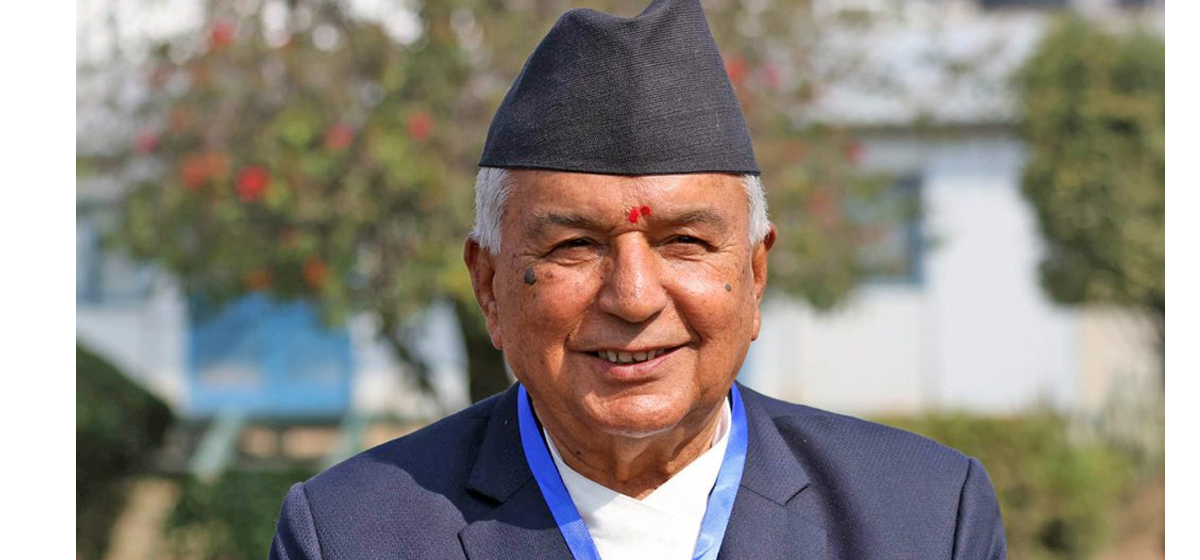
Leave A Comment